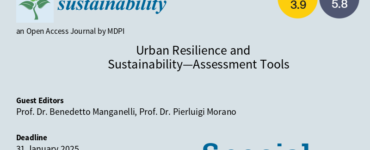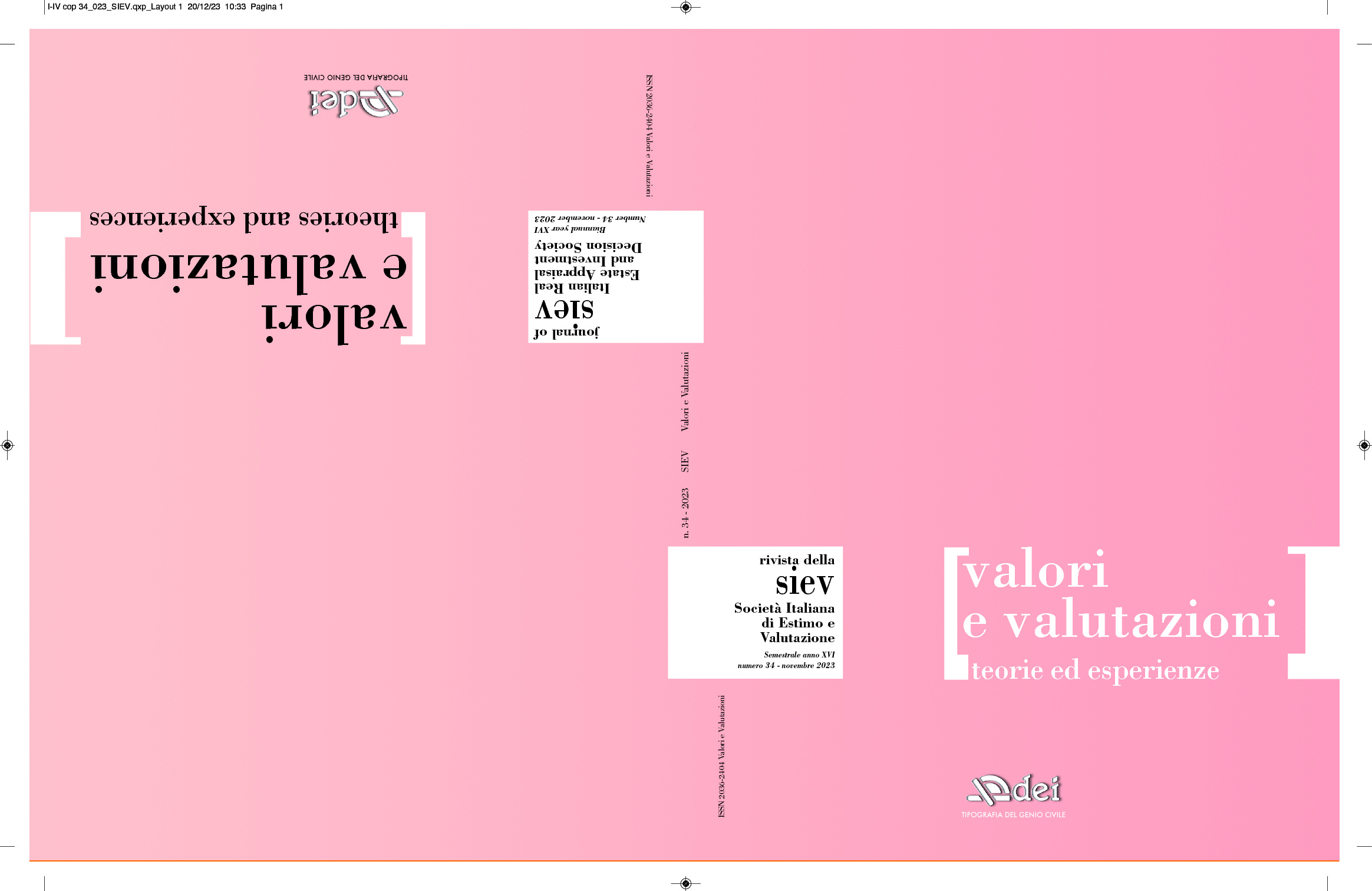A special issue of Sustainability (ISSN 2071-1050). This special issue belongs to the section “Social Ecology and Sustainability“.
Deadline for manuscript submissions: 15 May 2021.
Dear Colleagues,
Adding Quality to Add Value by Reusing and Retrofitting Existing Industrial Buildings
The Special Issue seeks to address the subject of the potential for economic enhancement of industrial buildings by reusing them and applying energy retrofit measures. It addresses the problems associated with sustainable conservation of industrial buildings, bringing together reuse and energy retrofit with the aim of enhancing the economic value of the buildings by protecting their historic and architectural value. To tackle the objective of “adding quality to add value” while assuming the principles of sustainable conservation, contributions which address the problems of reuse in relation to geographical features are considered important, as are those which deal with technical, specialist questions of particular relevance or which consider retrofit measures, not only in sector-specific terms but also in relation to aesthetic objectives or on the basis of protecting the elements that characterise the assets from a historic and architectural point of view. The aim is to recreate, at a methodological level, the approaches and tools borrowed from both technical and humanist disciplines that, depending on the inherent problems of the buildings or the cases, should be involved in the enhancement of industrial buildings.
Reuse and Geographical and Economic Contexts
The reconversion of industrial buildings is particularly challenging on the economic and social fronts, in fragile regions where the availability of space for reuse is greater than the demand. In these situations, the reuse of industrial buildings must, however, address both the systemic risk―defined mostly at the level of a system undergoing uncertainty which was not foreseeable, such as in the case of COVID-19―and the risk which, being specific to the project to be carried out, can be controlled using a mixture of marketing tools and/or the most sophisticated models for predicting and profiling demand. Potential contributors are invited to tackle the problems relating to the reuse of industrial buildings, in both strong and weak areas, from the points of view 1) of the economic, e-financial feasibility; 2) of the management of the assets and activities; 3) of optimising the management costs (including those pertaining to energy consumption); and 4) of the balance between private and public use, as represented by the interests of the different stakeholders. Furthermore, as the buildings are often found in areas already impoverished by de-industrialisation, contributions will also be considered relating to projects and policies for regional redevelopment and regeneration of industrial sites, as well as to cost–benefit analyses.
From the standpoint of these challenges, the contributions of economists, assessors, architects, planners, sociologists, administrators, and managers of economic activities who have conducted studies on the problems of reuse or who have concrete experience will be especially appreciated.
Energy Retrofit and Global Quality
Energy retrofit of great architectures, such as industrial buildings, is one of the most innovative aspects to be considered in reuse projects. If attention is shifted from the contexts to the buildings, it leads to consideration of the measures connected to the optimal cost and the life cycle, attempting to overcome the purely sectorial vision of a technical/engineering nature. In fact, the retrofit of existing buildings is often considered only in relation to energy performance, undervaluing the role that the retrofit measures can have on global quality and economic enhancement. Contributions that pursue different objectives that can be integrated with each other could, however, be considered. Other contributions may focus on the results of studies or on technical measures carried that are out of a strongly innovative and experimental nature. In fact, in many cases, the typological and architectural features of industrial buildings raise extremely sensitive issues when the choice of technical and engineering equipment is addressed. Consider, for example, the large areas of glass covering the industrial buildings constructed by the Modern Movement that, today, require measures to improve the cladding from a transmittance perspective. Or else, consider the large-scale coverings―such as the Torino Esposizioni Hall of Pier Luigi Nervi―that pose not inconsiderable challenges when intervening without altering the original features that characterise them. Contributions on specific aspects and technical/specialist solutions would be welcome. A second group of contributions could deal instead with the topic of energy retrofit, also addressing the limitations of exclusively sectoral approaches. From this point of view, the LCC, for example, while meeting the integrated design specification, could be seen as reductive when compared to the holistic approach of the whole building design. The LCC in fact only considers the optimal cost in relation to energy improvement without taking into account that the most economically convenient solution may not be the best solution from an aesthetic point of view or from the point of view of protecting the features that characterise the industrial buildings or, else, how the most economically beneficial solution from the energy point of view is not the one that adds the greatest value to redeveloped assets. In addition, research contributions or experiments conducted on concrete cases by engineers, architects, restorers, technical physicists, technologists, economists, materials science researchers, and experts in home automation and BIM (building information modelling) are welcomed.
Prof. Dr. Rocco Curto
Guest Editor











Add comment